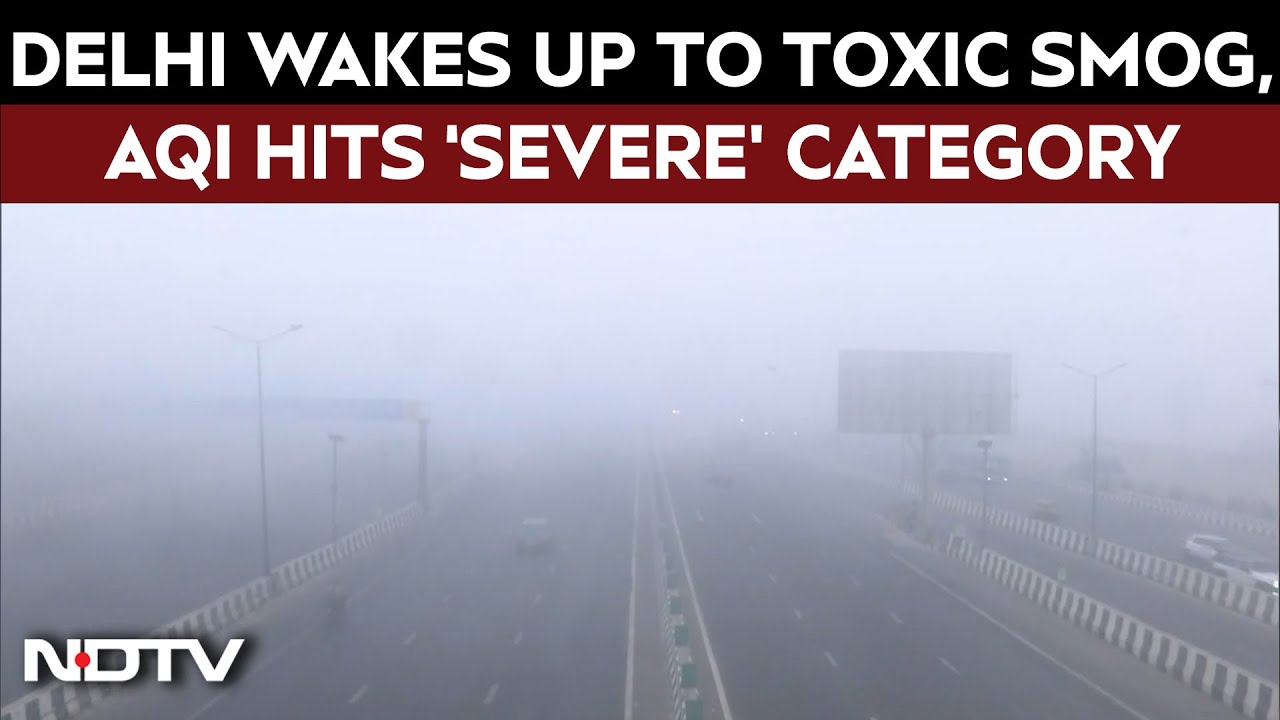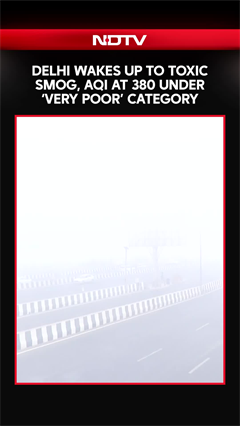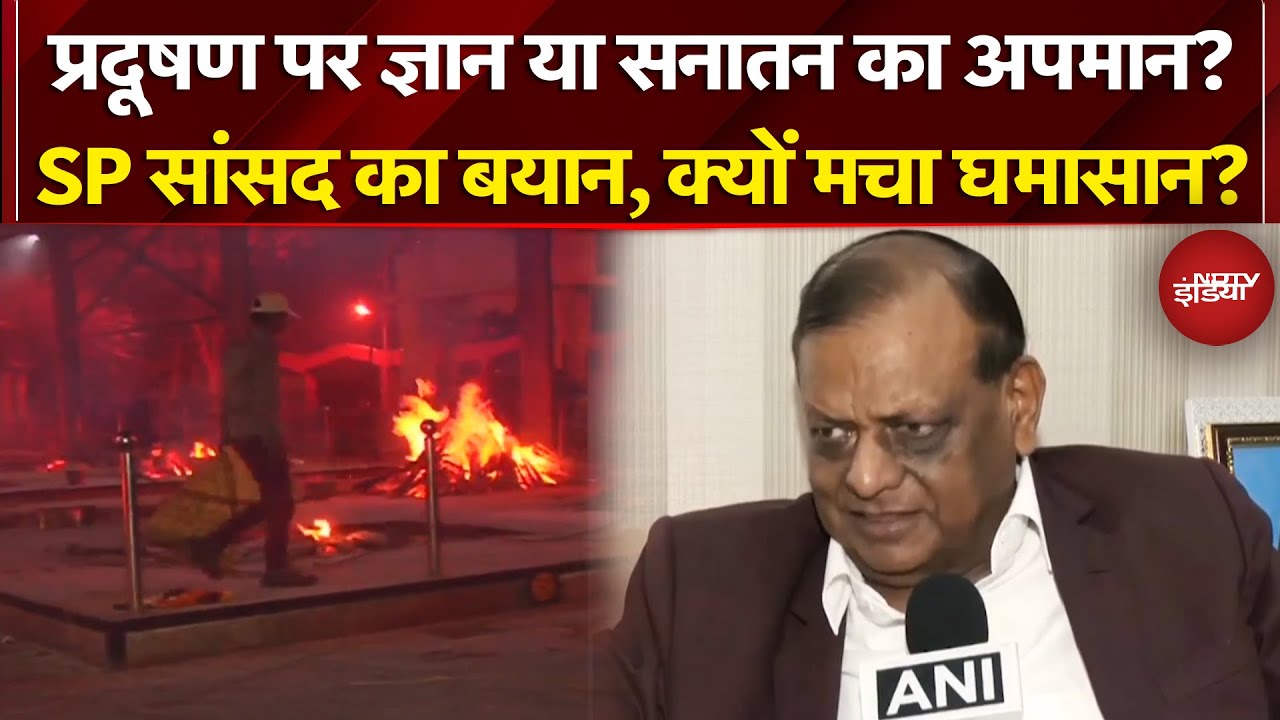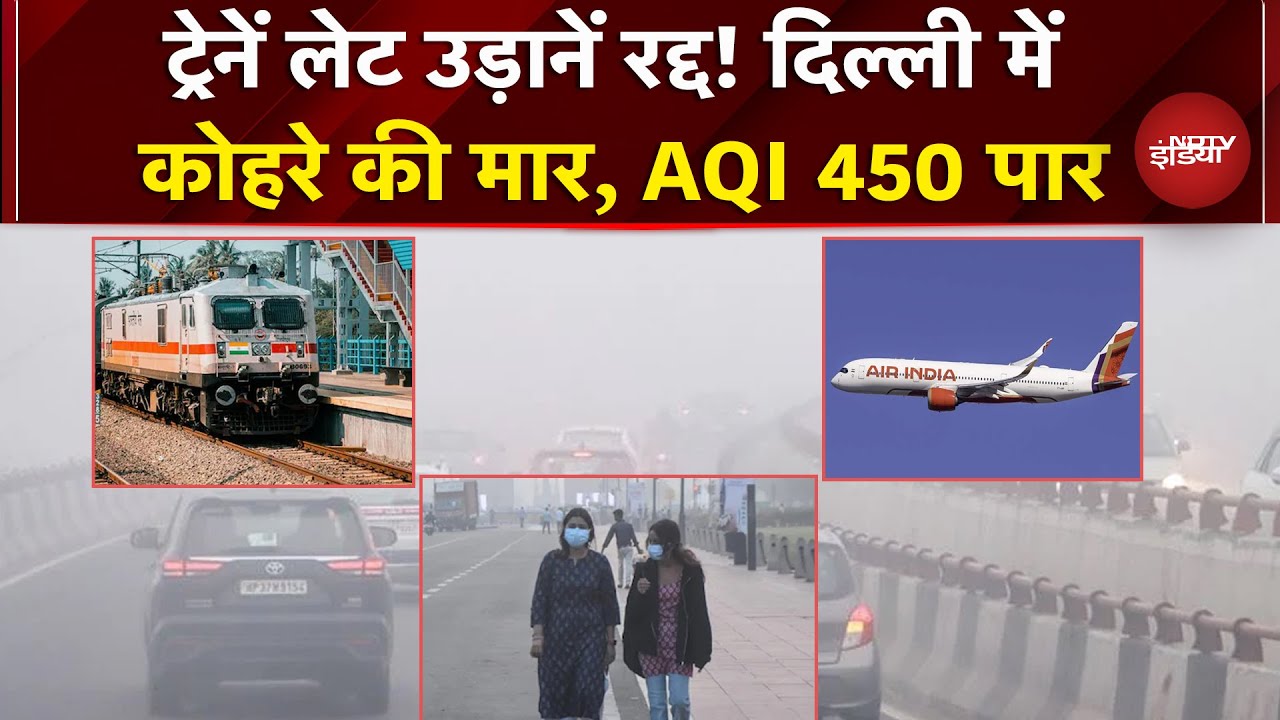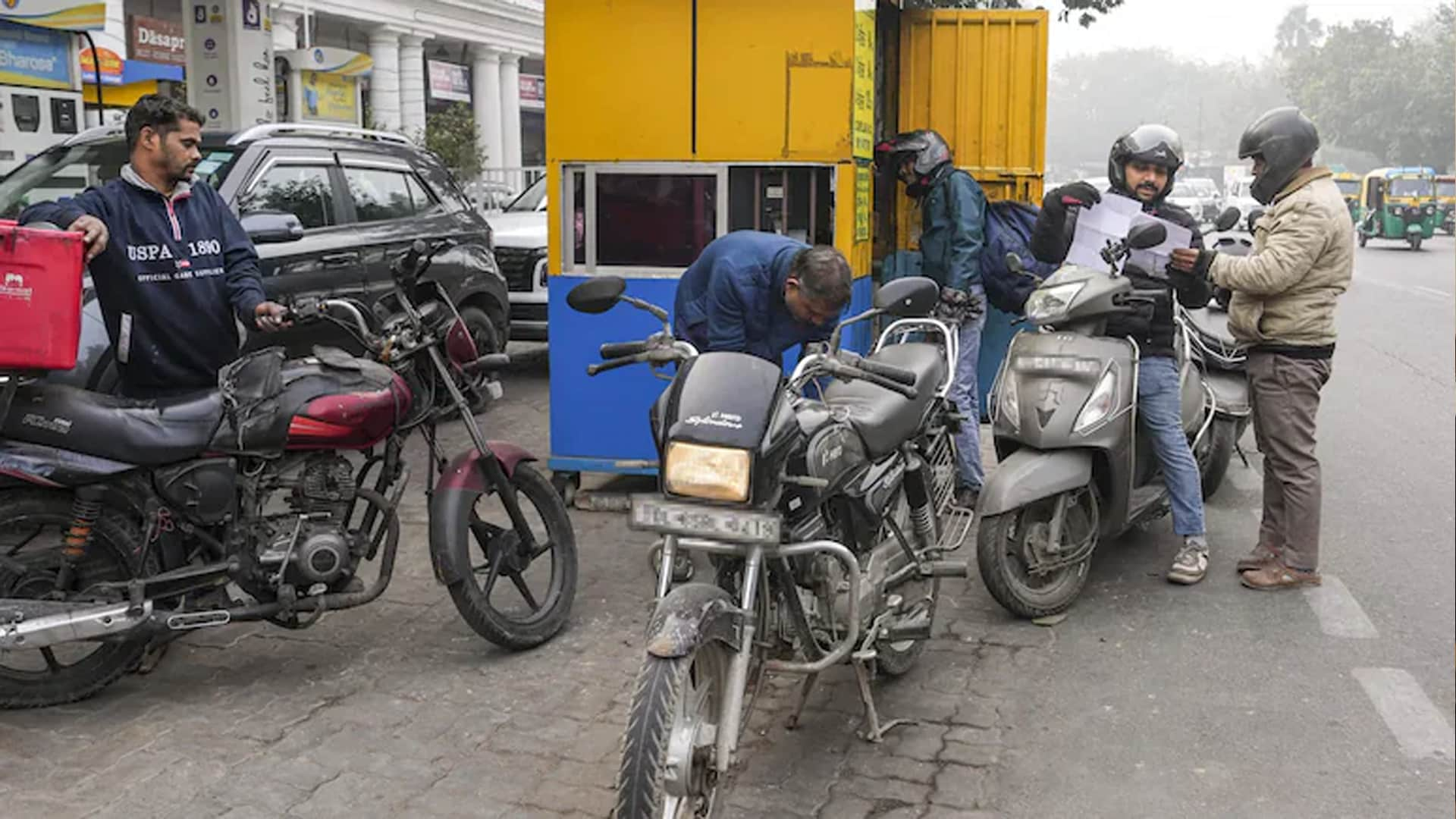- Home/
- Odd-Even Scheme To Be Implemented After Supreme Court Reviews It: Minister
Odd-Even Scheme To Be Implemented After Supreme Court Reviews It: Minister
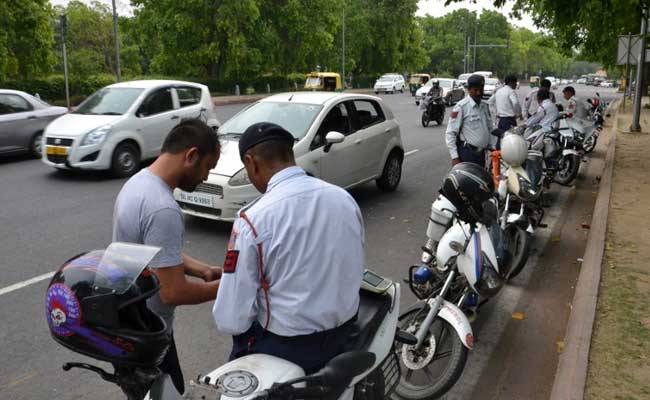
Environment Minister Gopal Rai on Wednesday said the Delhi government will implement the odd-even car rationing scheme after the Supreme Court reviews its effectiveness.
The top court on Tuesday questioned the effectiveness of the scheme, aimed at curbing vehicular pollution, and referred to it as "all optics."
Amid worsening air quality in the national capital, Mr Rai had earlier announced the flagship scheme, under which cars are allowed to operate on alternate days based on their odd or even number plates, would be enforced between November 13 and November 20.
Addressing a press conference, Mr Rai said the city government will submit two major studies conducted to ascertain the effectiveness of the scheme for the perusal of the Supreme Court.
"A call will be taken to implement the odd-even scheme only after the Supreme Court reviews its effectiveness and issues an order," the minister said.
The odd-even car rationing scheme, introduced in 2016, allows cars to operate on alternate days based on their odd or even number plates. The enforcement next week will mark the fourth time that the Delhi government has used this scheme to address pollution caused by vehicles.
(Except for the headline, this story has not been edited by NDTV staff and is published from a syndicated feed.)
also read
Thick Smog Blankets Delhi-NCR, Over 100 Flights Cancelled, 50 Trains Delayed
Edited by Aastha AhujaDelhi Government To Install Air Purifiers In 10,000 Classrooms As Pollution Soars
Reported by Ishika Verma, Edited by Amit ChaturvediBattle For Breath: Mumbai's Elite Enclave Turns Pollution Hotspot
Reported by Jitendra Dixit, Edited by Srishti Kapoor
Latest Stories
- Edited by Aastha Ahuja | Saturday December 20, 2025 , New Delhi
The national capital, Delhi, woke up to a thick layer of smog blanketing the city with the Air Quality Index (AQI) at 380, falling under the 'very poor' category.
- Reported by Ishika Verma, Edited by Amit Chaturvedi | Friday December 19, 2025
The government plans a phased rollout, funded through the environment cess, though exact installation timelines have not been announced.
- Reported by Jitendra Dixit, Edited by Srishti Kapoor | Friday December 19, 2025
Air quality in and around Bhakti Park and Wadala Truck Terminal (TT) has plummeted in recent weeks, with AQI levels soaring beyond 300 - classified as "severe".
- Edited by Astitva Raj | Friday December 19, 2025
His post quickly became popular among people who have experienced similar health and safety concerns while living in Delhi.
- Press Trust of India | Friday December 19, 2025 , New Delhi
Commuter awareness rises after Delhi's BS-VI and No PUC, No Fuel enforcement; fuel sales dip in border areas, PUC queues remain steady, says DPDA president.
................................ Advertisement ................................
Latest Videos
Opinion
Blog | Well Done, Delhi. You've Turned Lung Sacrifice Into A Badge Of HonourSaikat Kumar Bose
Monday November 10, 2025Till some years back, Delhiites would ask angry questions to those in power about the capitals annual tryst with toxic air. This has changed. Those in the driving seat dont see the need to answer now.
Opinion | Why Indians Have Just Given Up On Air Pollution CrisisTanushree Ganguly
Friday December 20, 2024While some may argue that people in Delhi are now more aware of air pollution than they were a decade back, my rebuttal would be that awareness does not mean that people are concerned.
Opinion | You Must Outrage Over Filthy Air More Than Once A YearJyoti Pande Lavakare
Tuesday December 10, 2024Delhi welcomed us with monsoon rains and mangos. We were home. Fast forward a couple of years, in the winter of 2012, I found myself in denial about something other parents, mostly expats, were calling toxic air.
Opinion | Delhi's Air Pollution Situation Is Like A Bad MarriageNishtha Gautam
Friday November 22, 2024On a good day, such as today, the AQI reading in Delhi is 407. We are jubilant at the sickly sunshine trickling through the slightly dissipated smog. At least its not 1600.
दिवाली... पराली... सियासी जुगाली!Ashwini kumar
Monday November 18, 2024दिल्ली-एनसीआर में प्रदूषण का समाधान तो आज तक मिला नहीं. हर साल चिंतित होकर हम-आप सांसों की तकलीफ के साथ-साथ दिल और ब्लड प्रेशर के मरीज भी क्यों बनें?








